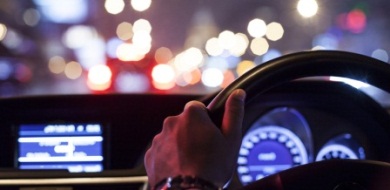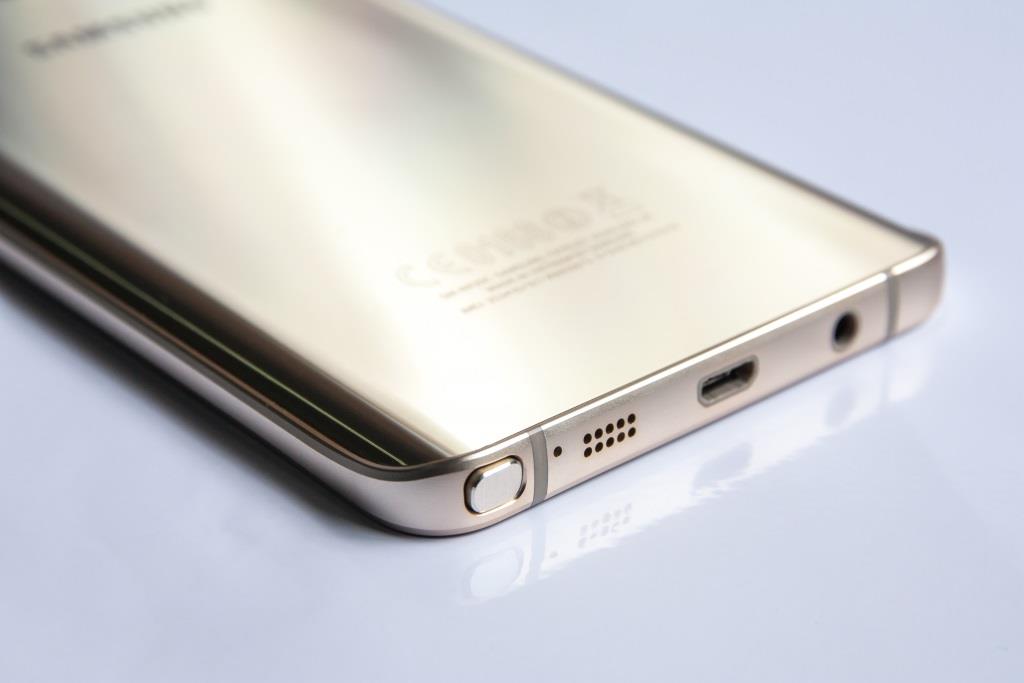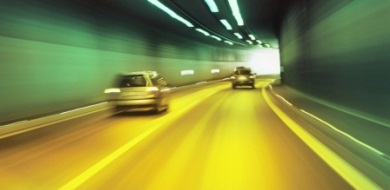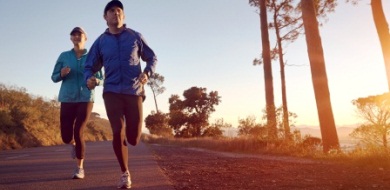Did you know that as a pedestrian you have the right of way on the road?The Courts impose a very high duty of care on motor vehicle drivers and, in most situations, will find that the pedestrian did not cause the accident. As a driver of a motor vehicle you have a duty of care to every other road user including other motor vehicle drivers, motor bike riders, bicycle riders and pedestrians. Therefore, in the event of pedestrian accidents, fault is typically placed with the driver.
This duty of care also extends to those vehicles that are stationary on the side of the road. Late last year a man was tragically killed as he was changing his tyre on the side of the road on the Cunningham Highway at Yamanto. A pedestrian was also struck by a vehicle while walking home in Oakey, west of Toowoomba. In 2014 there were 19 pedestrian fatalities on our Queensland roads, 2 less than in 2013.
So what are your rights if you have been injured in a pedestrian accident on our roads?
In this article we take a look at this very question and even supply you with some helpful tips to keep safe as a pedestrian on our roads.
Perhaps one of the most dangerous situations that pedestrians can find themselves in is when their vehicle has broken down on the side of the road, especially on the highways. Many people do not realise how dangerous it can be to stop on high speed roads.
Between 2007 and 2011 there were 145 breakdown lane crashes in NSW, resulting in 8 fatalities and 103 injuries, and in 2014 there were 41 recorded crashes in breakdown lanes or on road shoulders. The National Coroners Information System released findings on deaths in emergency/breakdown lanes across Australia between 2000 and 2010 and found:
- 41 deaths occurred in an emergency land after the vehicle had stopped;
- The majority of these tragic deaths were: males aged between 20 and 49; included persons sitting inside their vehicle and waiting near their vehicle;
- Heavy trucks crashing into stationary cars were the most common incident.
While good vehicle maintenance will assist in preventing a breakdown sometimes this just cannot be avoided and you find yourself having to stop your vehicle on the motorway/road. Should this be the case the NRMA has the following tips for staying safe in a breakdown:
- Find a safe spot to pull over such as an emergency breakdown area;
- Park your vehicle as far to the left as possible;
- Always activate your hazard lights;
- Activate your parking lights in poor light;
- Call roadside assistance on your mobile phone or use a roadside emergency phone;
- When leaving your vehicle always check for traffic;
- Leave your vehicle from the passenger side if possible;
- Avoid crossing the road at all times;
- Stand clear of the road. Move behind a safety barrier if safe;
- Stay in your vehicle with your seatbelt on if it’s not safe to leave.
Unfortunately, despite employing the above methods sometimes pedestrian accidents do still occur.
So what are your rights if you have been injured in an accident as a pedestrian on our roads?
The Court will often find that a driver who strikes a pedestrian has breached their duty of care to that pedestrian. This being the case the pedestrian then has the right to bring a claim for the personal injury that they have suffered as a result of being struck against the driver/CTP Insurer of the vehicle.
This type of claim is brought under the Motor Accident Insurance Act 1994 (Qld). It is however important to be aware that in some circumstances the Court may find that the pedestrian contributed to the accident. If this finding is made then the Court will reduce their award of damages by the percentage that they were found to have contributed to the accident.
The Department of Transport and Main Roads have the following tips to help you keep safe as a pedestrian:
- cross roads at marked crossings (pedestrian crossings, traffic signals or pedestrian refuges) wherever possible
- if there is no crossing within 20 metres, cross by the shortest and safest route
- at railway level crossings, wait for the boom to rise and bells to stop before you cross—a second train may be approaching
- wearing headphones and using a mobile phone will reduce your awareness of what is happening around you
- if you have been drinking alcohol, walk safely by staying on footpaths and cross at designated crossings
- always walk on footpaths or nature strips where possible
- if there is no footpath or nature strip, walk so that you are facing oncoming traffic
- if walking somewhere dark, carry a torch so you can still see the ground when confronted with headlight glare
- be very cautious of traffic near crests of hills and curves, if a vehicle is approaching make sure you have a safe escape available and be prepared to use it
- learn and obey the road rules
- never assume a driver has seen you.
In any event of pedestrian accidents, whether you are simply crossing the road, or whether you are attending to your broken down vehicle on the side of the road, drivers of motor vehicles owe you a duty of care. If they fail in this duty and cause an accident you, as a pedestrian, have the right to bring a claim for negligence against the driver of the vehicle for the personal injury you have suffered.
















